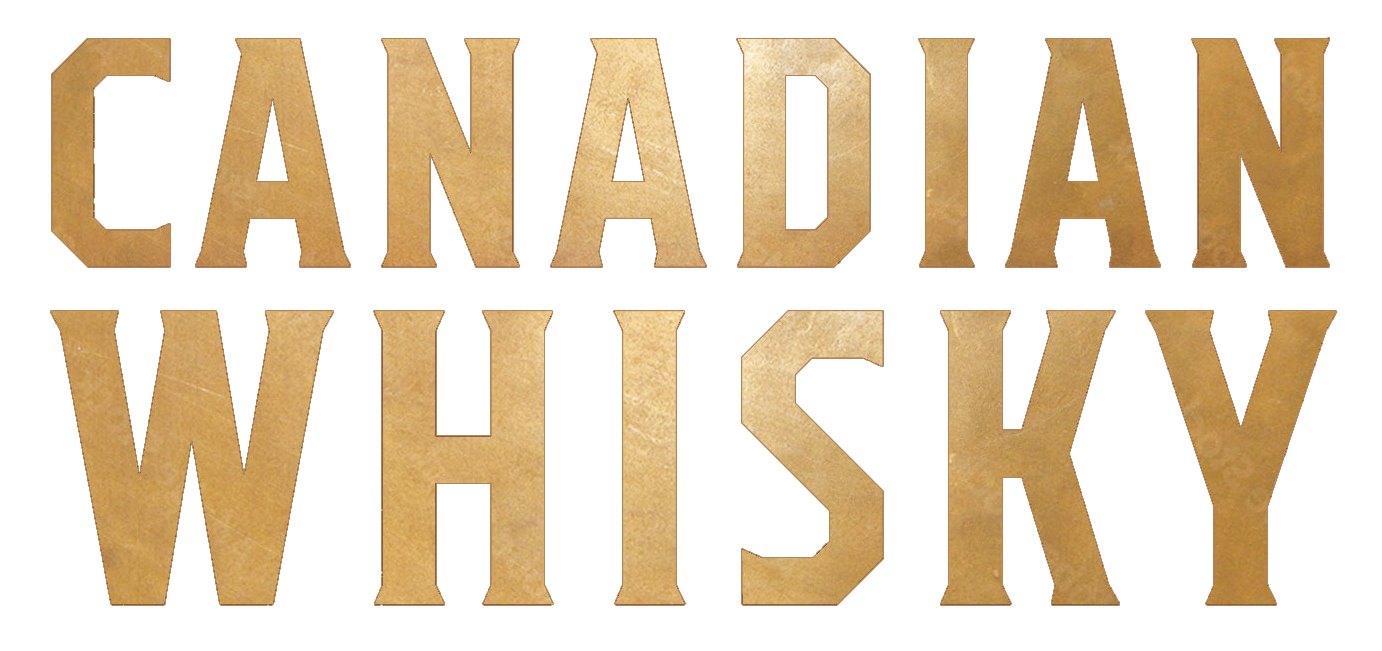Lord Calvert Canadian (Seagram's 1970-80s) 40% alc./vol.
Maple butter, vanilla, and butterscotch. Dry wood, shellac, cedar, apricots and lilacs. Fresh-churned butter. Balanced, simple, and very flavourful. Soft Corn. ★★★☆In 1889, Yechiel Bronfman, fleeing anti-Semitic pogroms in Bessarabia, arrived in Canada with his young family in tow. The family made its first Canadian home on the prairies where Bronfman, who had been a thriving tobacco farmer in Bessarabia, hoped to repeat his success as a farmer. He quickly learned, however, that the harsh prairie climate was quite unsuitable for tobacco. After a number of financial setbacks and successes in other ventures, including the liquor trade, the Bronfmans, whose name means ‘liquor man’ in Yiddish, eventually settled in Montreal.In 1924, prompted by their already considerable success as rectifiers, the younger generation of Bronfmans built their first real distillery in the Montreal suburb of Lasalle. The Lasalle distillery, coupled with a Waterloo, Ontario distillery, called Seagram’s, which they purchased in 1928, quickly became the cornerstones of one of the world's largest distilling empires. But despite the eventual pan-global network of Bronfman-owned distilleries, it was the Seagram name that stuck and remains most firmly associated with Canada.In 1934, as Seagram’s, the Bronfman brothers acquired Maryland Distillers Inc. of Relay, Maryland and immediately set to improving the quality of its whisky. At the time, Maryland Distillers was selling un-aged American spirit, calling it Lord Calvert Whiskey. Sam Bronfman was determined to make low-quality, Prohibition-era whisky a thing of the past, so he immediately began adding Canadian whisky to Lord Calvert to improve the flavour, until properly-aged American distillates would become available. In 1939, with supplies of aged American whisky on the rise, blenders at Seagram’s Baltimore plant completely re-formulated Lord Calvert as a premium American blend.Over the years that followed, the Calvert label, and the whisky itself, went through numerous iterations and was sold as Lord Calvert, Calvert Special, Calvert Reserve, Calvert Extra, and a 100% Canadian version called Lord Calvert Canadian. There were also numerous variants developed for regional markets. Sorting them all out now is no easy task, but it seems that Calvert Special and Calvert Reserve were introduced as American blends when sufficient aged American whisky became available after Prohibition. Although they were very well received, by the 1960s, drinkers were demanding lighter whiskies, and the bourbon and rye-rich Calvert Reserve had slipped from sales of over two million cases to fewer than 1.2 million cases annually.Calvert chief blender, Russ McLauchlan and Seagram's president Edgar Bronfman decided that rather than reformulate the blend they would simply withdraw it and replace it with another. The result was Calvert Extra, a lighter American blended whisky which soon had sales exceeding 2.3 million cases. It was a gamble that paid off well. Then, in 1964 Bronfman and McLauchlan developed an all-Canadian version called Lord Calvert Canadian. Thanks to stringent labeling laws we can be confident that Lord Calvert Canadian is, and always was the real thing – real Canadian whisky, all of it aged for a minimum of three years.In 1991, Seagram’s sold the Lord Calvert Canadian brand to Jim Beam so Seagram’s could shift its focus to its premium brands, including Crown Royal. As a result, Calvert Canadian is now a Beam Global brand, but the whisky in the historic bottle reviewed here was indeed produced at Seagram’s Lasalle distillery more than thirty years ago now, at some time during the late 1970s or early '80s. After being distilled, aged and blended in Lasalle, the whisky was shipped in bulk to Seagram’s plants in the United States where it was bottled and sold by ‘Calvert Distillers.’ Calvert, you see, was managed then as a separate Seagram brand, with its own sales and distribution organizations.Nose: The ambience of a Québec sugar shack soon evolves into the sweet/fresh fragrance of maple taffy on snow. Maple notes dominate, but without concealing hints of butterscotch, vanilla, fresh butter, and sour apricots. Subtle, slightly musty aromas of rough lumber stacked outside to dry, underscore cedar overtones and lovely oaky notes. Way in the background, a bouquet of lilacs and hints of shellac waft in on vague suggestions of spirit.Palate: Very sweet to start out, with strong flavours of real maple syrup (not the maple-flavoured kind) and vanilla ice cream. White pepper arrives quickly, along with bright zesty citric notes. The palate is very buttery yet surprisingly fresh and lively with piquant peppers and tingling spice. Oak comes through crisply in the nose with the woodsman’s balm of freshly sawn planks and just a touch of tannic astringency. Not a particularly complex whisky, but well-balanced and very flavourful, while remaining light and creamy.Finish: Medium-longish with pepper and maple sugar slowly fading to a slightly citric conclusion.Empty Glass: Rich and sweet with maple cream candy, vanilla, butterscotch, and Christie Maple Leaf cookies, then behind the sweetness an ample stack of fresh-cut lumber.This whisky was part of package of about a dozen old bottles I purchased for about $80.00 U.S.Recommended. ★★★☆

